Wheelchairs allow forthe on-the-go lifestyles of those with low mobility. But, prolonged sitting anda lack of movement can cause discomfort and even health problems. Wheelchair cushions are the No.1 solution to combat this.
Wheelchair cushions are not one-size-fits-all. The best cushion for you ispersonally dependent on your condition, needs, and mobility level. Finding the right cushion can get you your happiness and freedom back, and using the wrong one can exacerbate discomfort. There are varying factors, from the shape to the technology, that one should consider before purchasing. We broke down the top 5 cushions on the market to make the search easier for you.
1. Cushion shape
The shape of a wheelchair cushion, specifically positioning cushions, directly relates to which body area is experiencing relief. From saddle-shaped wheelchair cushions to pommel-shaped cushions, choosing the right shape for you completely alters your seating experience. The right shape is dependent on seating position, areas of concern, and mobility.

The Cushion Lab Pressure Relief Seat Cushion features a saddle-shaped profile. This type of design is ideal for patients with hip rotation or a lack of abduction control. It provides pelvic control and stability.
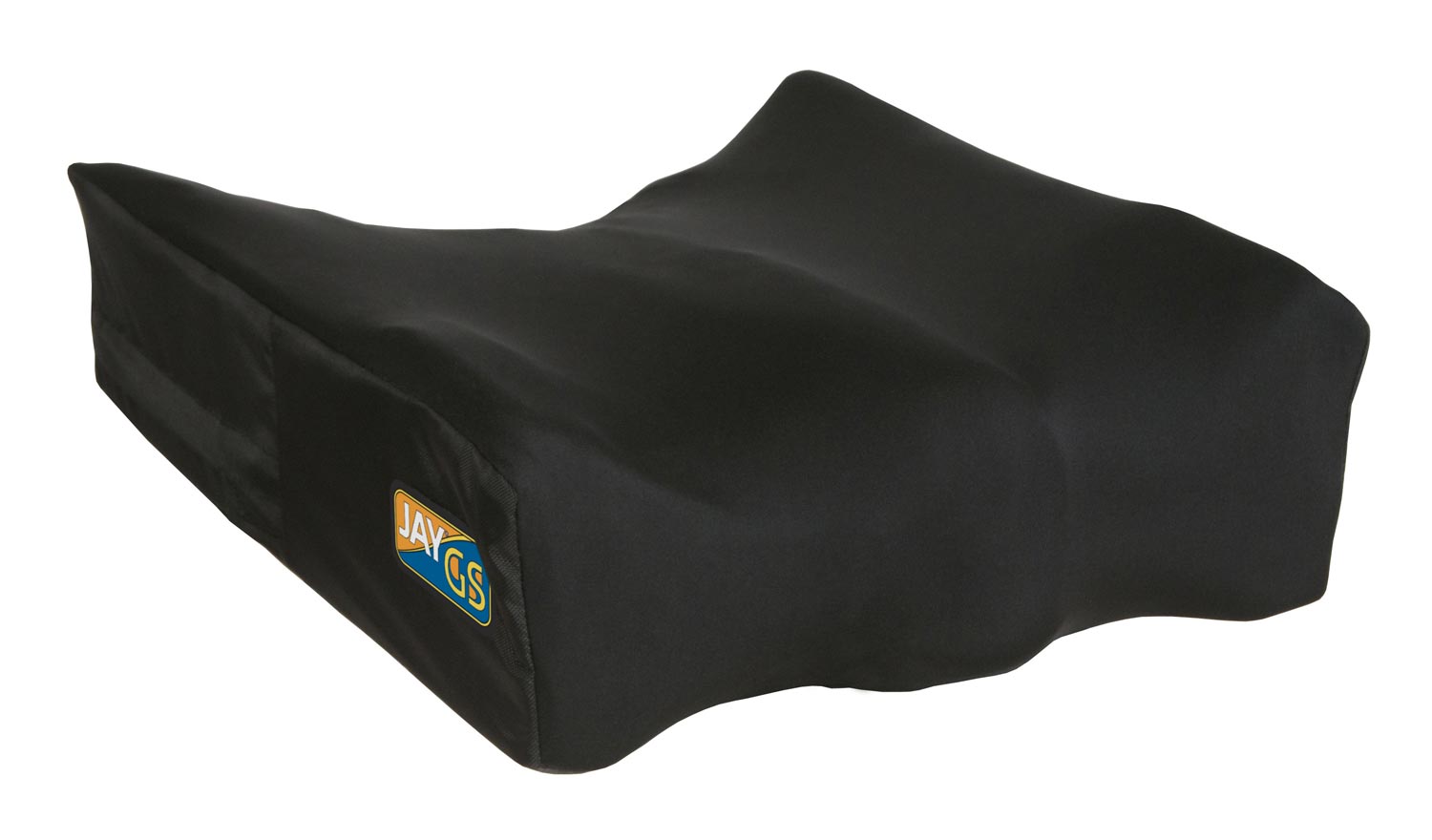
The JAY GS cushion utilizes inserts depending on what shape you need. You can configure the cushion to create a wedge-shaped cushion,for instance. This type of shape is designed to help those with a posterior pelvic tilt remain back in their seat. In turn, aiding in back pain and improving posture.

The Ease Cushion has a contoured shape to help with postural stability. This is in addition to its alternating pressure technology, so if the electronics ever fail, the patient is safe. Whereas other technology-forward cushions, like ROHO, don’t have a specialized shape, if the technology ever fails, the patient is left sitting on a metal pan.
2. Cushion material

Gel cushions are moisture-wicking and can cool you down. However, when compared to foam or air cushions, they lack pressure-relieving benefits.The Everlasting Comfort seat cushion is a memory foam material infused with gel. The gel helps cool down the body, and the foam is meant to distribute weight for lower body support.
Cushion Lab is primarily memory foam. They use what they call hyperfoam, a soft, rebounding memory foam infused with charcoal extract. The foam is meant to conform to the user’s body to release muscle tension and provide comfort. The hint of charcoal is effective in preventing odors. Similarly, the GS cushion has a sturdy foam base. The foam material is great for offloading pressure and managing it. However, for maximum pressure management, air-based cushions are optimal.
Air cushions are the best for extensive pressure management and all-day comfort because they remain cool and dry. ROHO cushions use an air-cellular design that allows air circulation to reach the surface of the skin and provide a cooling environment. The material is soft and pliable, allowing the user to immerse themselves in the cushion for maximum pressure redistribution without friction.

Ease goes one step further by utilizing alternating air cells and top-grade PU foam contoured for your body. The air cells actively combat pressure sores, which are caused by a lack of blood flow to an area exacerbated by extended sitting. The PU foam allows for all-day comfort, elevating your wheelchair experience.
3. Skin protection and stability
The material might hold up in the meantime, but it’s the long-term durability that is important. Wheelchair cushions should be durable. It’s not about short-term comfort, but rather long-lasting comfort that is beneficial for your body. Much of the discomfort from wheelchairs comes from skin irritation caused by prolonged sitting. A cushion that has features that combat this is the ideal fit.
Cushion Lab and Everlasting Comfort are good for support, but not long-term stability.
Cushion Lab cushion has the grippy bottom, so it won’t slide off the chair. This is efficient,so you’re not constantly having to rearrange the cushion for maximum support. However, the foam material will not hold up well. Foam deflates over time and the cushion features no skin-protection materials. This cushion is good for short-term support, but not longevity.
We found the Everlasting Comfort cushion to be similar. The foam can also deflate over time. There is no change in the position or pressure to redirect blood flow, making way for potential pressure sores. It’s primarily a cushion for tailbone support.
With inserts, JAY GS adds support, but no skin-protection features.

The JAY GS Wheelchair lacks the same durability as the Everlasting Comfort and Cushion Lab. It does add a layer of longevity, however, by offering inserts so the cushion can grow along with you. This cushion is great if you’re simply looking for stability and supportive seating. You still have to be mindful of potential skin irritation and pressure sores caused by prolonged sitting.
ROHO uses air cells to redirect blood flow and minimize friction.
Both theEase Cushion and ROHO keep potential skin irritation in mind. The ROHO allows you to adjust how much air is being pumped into the cushion. This allows the cushion to fit the frame of the user’s body, minimizing tissue deformation and maximizing blood flow. With the material being air and not gel or foam, there is very little friction caused by the cushion.
Ease Cushion utilizes innovative technology to alternate pressure, protecting the skin and minimizing sores.
TheEase Cushion is the most extensive of all the cushions. It both proactively treats and prevents pressure sores and provides long-lasting comfort.Ease uses Horizontal Alternating Pressure Technology (HAPT) to heal existing sores and prevent pressure ulcers from initially forming. HAPT works by providing a constantly changing pressure to the patient's skin, deflating and inflating at intervals. It’s a relaxing wave-like motion that is a durable solution to wheelchair comfort. With a 12-hour USB-C rechargeable battery, it will last you all day. Additionally, a 50-hour battery boost is available as an accessory.
4. Smart technology/Ease of use

Cushions used to be one size fits all and didn’t account for differentiating needs, but now with smart technology, cushions are accessible and user-friendly.
Ease and ROHO are the only two that feature smart technology. Except for one product, the majority of ROHO cushions are operated using manually to inflate and deflate it yourself. The “smart setup” technology will find the inflation range for you.
The difference betweenEase and ROHO is thatEase lets you rest and relax. No manual labor is needed. At the touch of a button,Ease starts the inflation and alternating pressure technology for you. Contrary to other cushions that operate on a one-level basis,Ease has a Bluetooth-accessible app, where you can choose firmness, speed, and get real-time data on your settings.
5. Accommodations
Wheelchair comfort starts with choosing the right size wheelchair for you. This is further enhanced with a cushion that adequately fits you for proper support.
Everlasting Comfort and JAY GS only come in one size. The Cushion Lab cushion comes in two sizes: Standard and Large.Ease has the second-highest with four sizes to choose from: Small, Medium, Large, and XL. ROHO has the most variety with over 20 sizes.
6. Price
There’s no denying that healthcare can rack up costs. But,your health matters — investing in it is worth it. Wheelchair cushion costs can get hefty, but you’re paying for quality.
The lowest of the cushions is the Everlasting Comfort at a price of $53.85. Next up is Cushion Lab, for $85. With these cushions, you’re fulfilling basic needs, such as support and stability.
The GS cushion starts at $642, but that is only the standard configuration. ROHO is a whopping $721, and then you would have to pay extra for an incontinence cover.Ease is among the top prices where you actually get what you pay for. It is $649, with the smart technology, app, and durable, washable cover included. High-quality cushions, likeEase, give you your freedom back and uplift your day-to-day life. There’s no price tag on that.

Bottom Line

Unless you are someone who has the ability to reposition frequently, opting for a cushion that redistributes pressure for you has the highest value. Cushion Lab, Everlasting Comfort, and JAY GS are primarily stabilizing cushions. They offer short-term support, but don’t account for serious issues in the long-term, such as pressure sores.
Ease and ROHO operate with wheelchair users’ health in mind. But contrary to ROHO,Ease is fully accessible. All the work isdone electronically, allowing the user to go about their day stress-free. The app monitors levels and creates a personalized experience to proactively treat and prevent pressuresores.Ease is an all-in-one cushion fit for all stages of the spectrum of wheelchair users.
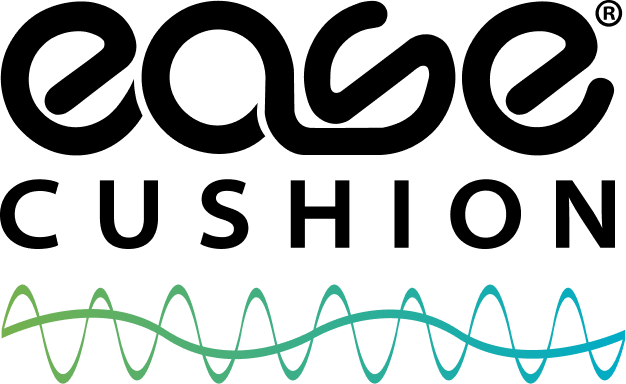

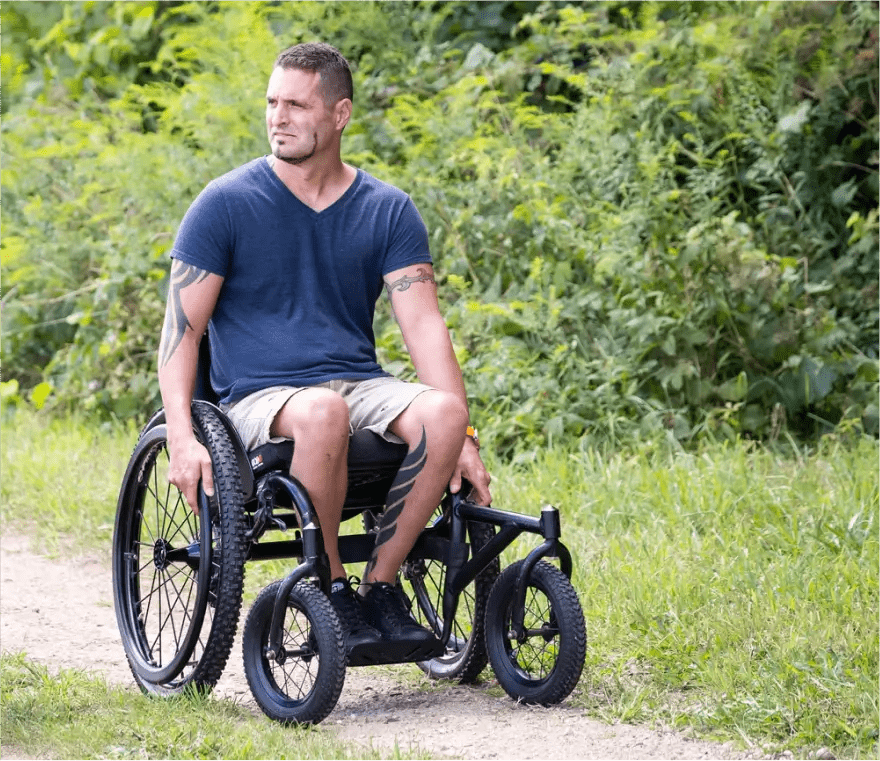
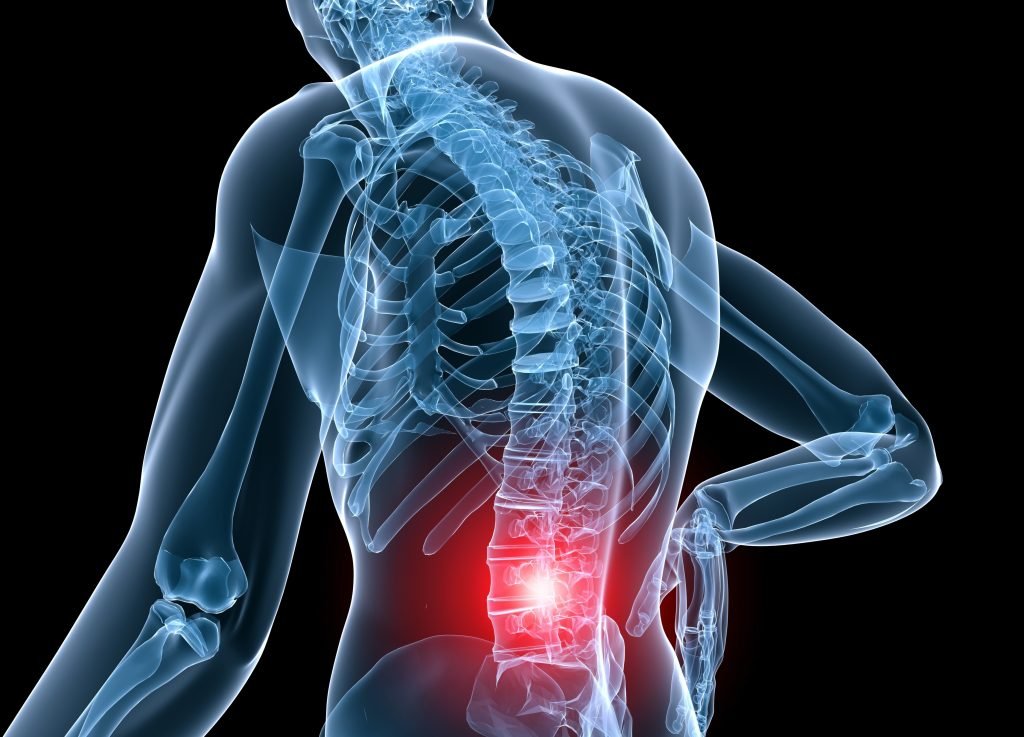
11 comments
Sharon Antola
Are your cushions covered by insurance? Thank you
David
How much are your seat cushions?
Lester
what insurance covers theses.
Thomas Casey
Good info, have long term pressure sore, need to deal with cushion
James wintersteen
I purchased an ease cushion
I am concerned when I am using it the battery area gets extremely hot
Leave a comment
All comments are moderated before being published.
This site is protected by hCaptcha and the hCaptcha Privacy Policy and Terms of Service apply.